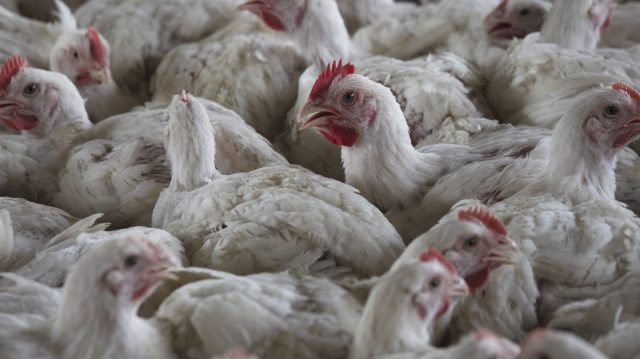Bird Flu Fears: Could a Government Shutdown Cripple Pandemic Preparedness?

A devastating avian virus is sweeping through bird populations, causing unprecedented disruption to the poultry industry. The rapid spread of this infectious outbreak has sent shockwaves through agricultural communities, threatening both commercial farms and small-scale poultry operations. Farmers are grappling with significant economic losses as the virus continues its relentless march, decimating flocks and challenging the resilience of the agricultural sector. Experts warn that the situation demands immediate attention and comprehensive containment strategies to prevent further widespread damage to bird populations and the critical poultry supply chain.
